1. Mountain Dew
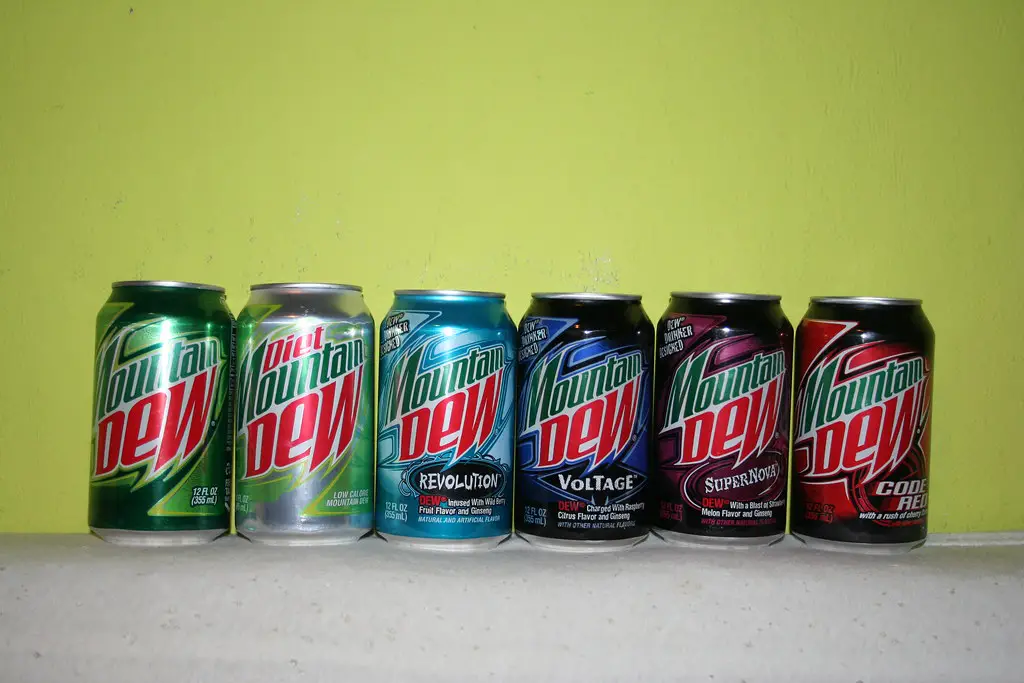
If you grew up in the U.S., Mountain Dew might have been your go-to drink for sleepovers, road trips, or just that extra kick of caffeine during finals week. But in countries like Japan and parts of Europe, this citrusy soda is banned because it once contained brominated vegetable oil (BVO), a flame retardant also found in some plastics says MSN.
Although PepsiCo has since removed BVO from Mountain Dew in the U.S., the drink’s reputation has stuck around overseas. Countries like Norway and India still take issue with ingredients used in many American sodas, and Mountain Dew is one of the most controversial shares AOL. It’s kind of wild to think that something you chugged after gym class might be considered too risky elsewhere. Makes you wonder what was really in that green can, doesn’t it?
2. Frosted Flakes
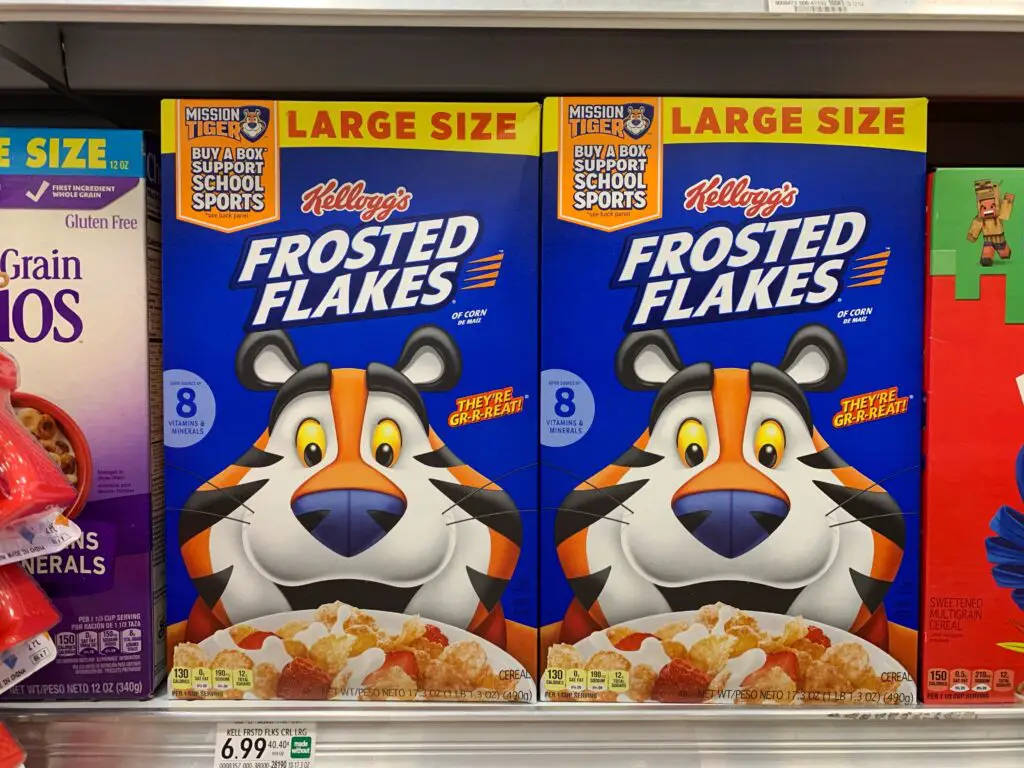
Many of us can still hear Tony the Tiger’s voice echoing “They’re Grrreat!” every time we spot a box of Frosted Flakes in the cereal aisle. But in countries like France and Austria, sugary cereals like these are restricted or banned from advertising to children due to high sugar content and questionable additives says Paste Magazine.
Frosted Flakes contain BHT (butylated hydroxytoluene), a preservative that’s banned in parts of Europe because of concerns over its potential link to cancer and behavioral issues. While American shelves are stocked with cereals in every flavor imaginable, other countries take a firmer stance on what goes into those brightly colored boxes. Honestly, between the sugar crash and the chemical ingredients, it’s probably not the most nutritious way to start your day anyway adds WVNS.
3. Little Debbie Swiss Rolls
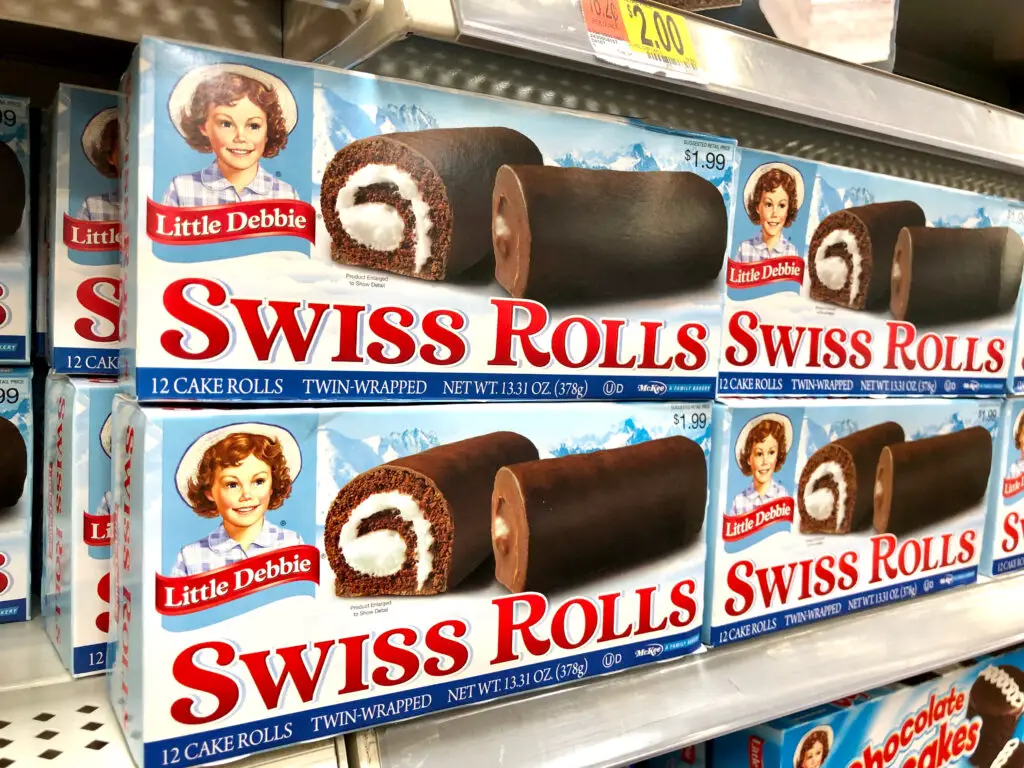
Unwrapping those chocolatey Swiss Rolls was a highlight of many school lunches, especially if you managed to trade for one. But the European Union says “no thanks” to this nostalgic treat due to additives like Yellow 5 and Red 40, which are banned or require warning labels overseas.
Those food dyes have been linked to hyperactivity in children and are tightly regulated in countries like the U.K. and Norway. In the U.S., they’re still used in many snacks marketed to kids, which feels a little odd once you start paying attention. Sure, they taste like childhood, but they’re also a reminder that just because something is familiar doesn’t mean it’s healthy.
4. Skittles
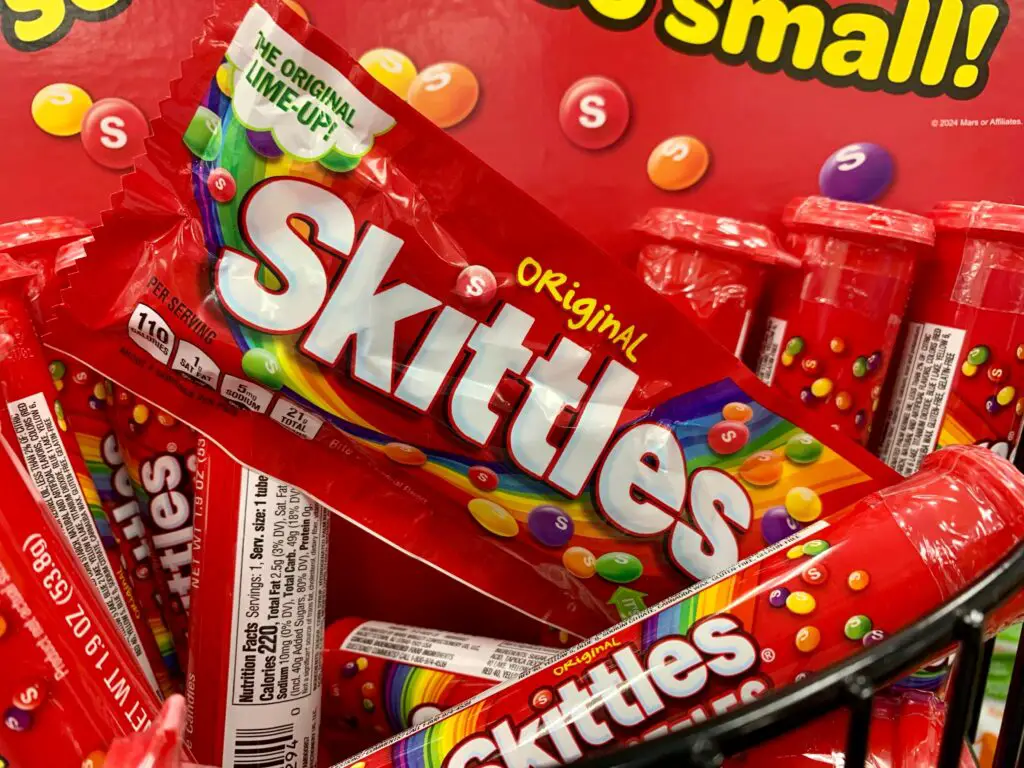
“Taste the Rainbow” might be a fun slogan, but in countries like Norway and Austria, that rainbow is a no-go. Skittles contain titanium dioxide, a color-enhancing additive that’s banned in parts of Europe due to concerns about its potential effect on DNA.
The ingredient helps make colors pop and extend shelf life, but some studies suggest it could be harmful in large quantities. While the FDA still allows it in the U.S., other governments have decided it’s not worth the risk. If you ever wondered why Skittles look so unnaturally bright, well, there’s your answer.
5. Pop-Tarts
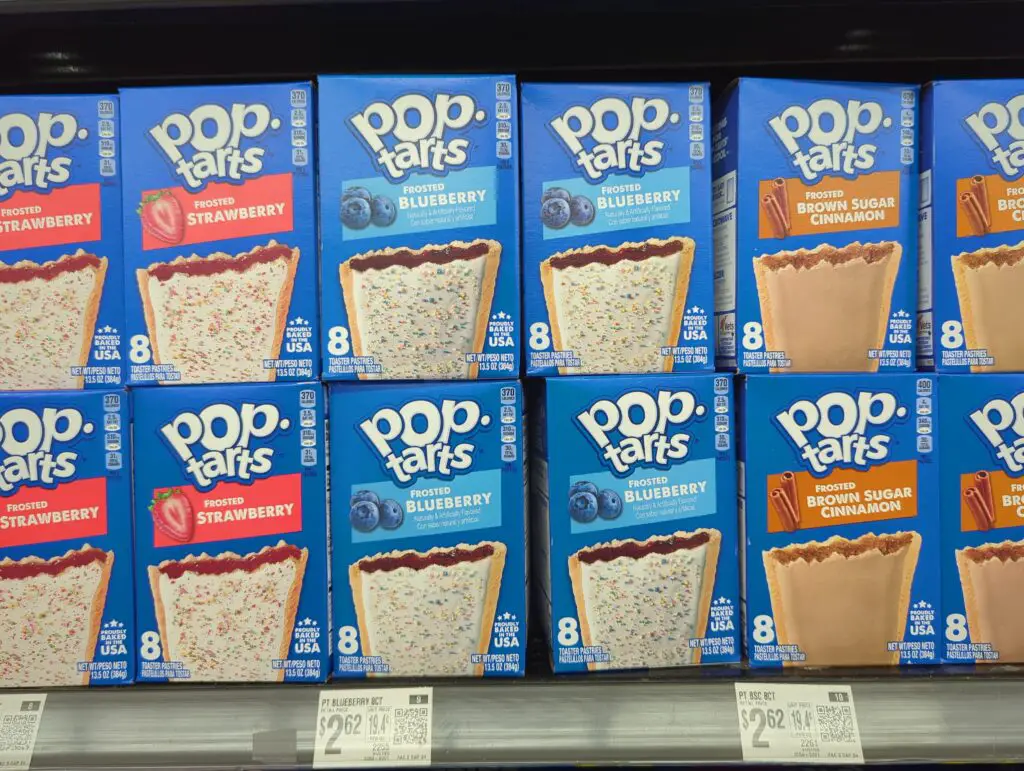
Few things scream “rushed American breakfast” more than a frosted Pop-Tart heated in the toaster on your way out the door. But several European countries have banned or limited them due to ingredients like BHT and artificial food dyes.
The U.S. continues to approve these additives, but many other countries have drawn a hard line. In the U.K., Kellogg’s had to reformulate some of its products to meet stricter health guidelines. It’s kind of eye-opening to realize that our beloved toaster pastry isn’t universally accepted.
6. Farm-Raised Salmon
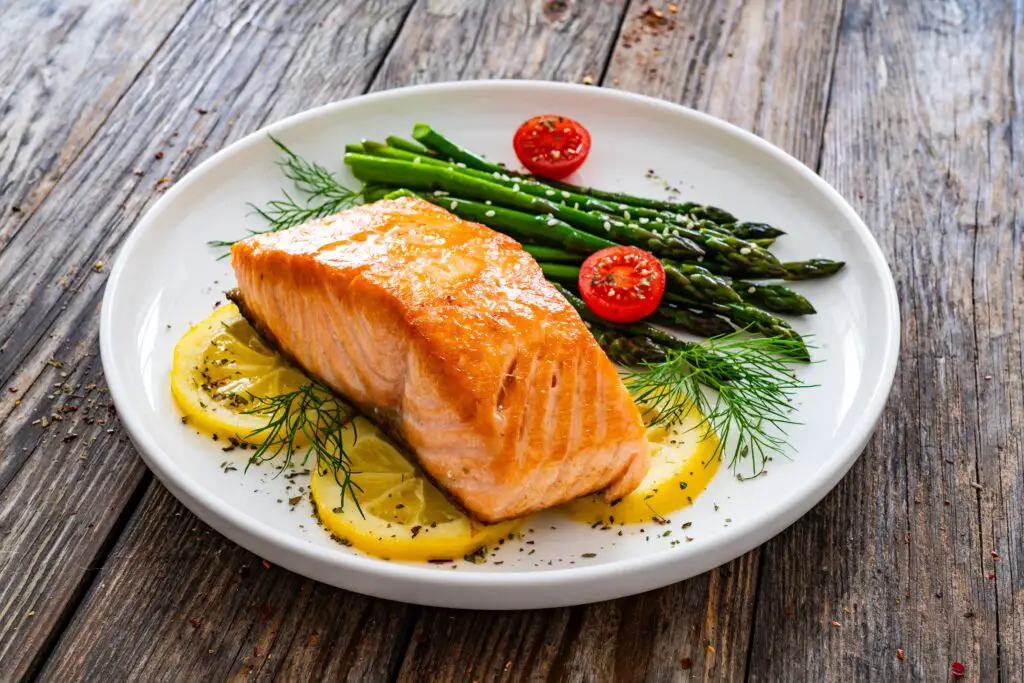
While salmon is typically seen as a health food, farm-raised salmon in the U.S. often contains artificial coloring to give it that classic pink hue. In places like Australia and New Zealand, those same coloring agents are restricted or banned.
The concern isn’t just with the dyes—it’s also with how these fish are raised, often in crowded pens with questionable feed. Some countries require labeling to let consumers know when they’re buying dyed fish, but the U.S. doesn’t. That pretty fillet might look healthy, but its backstory is a little more complicated than most of us realized.
7. Doritos
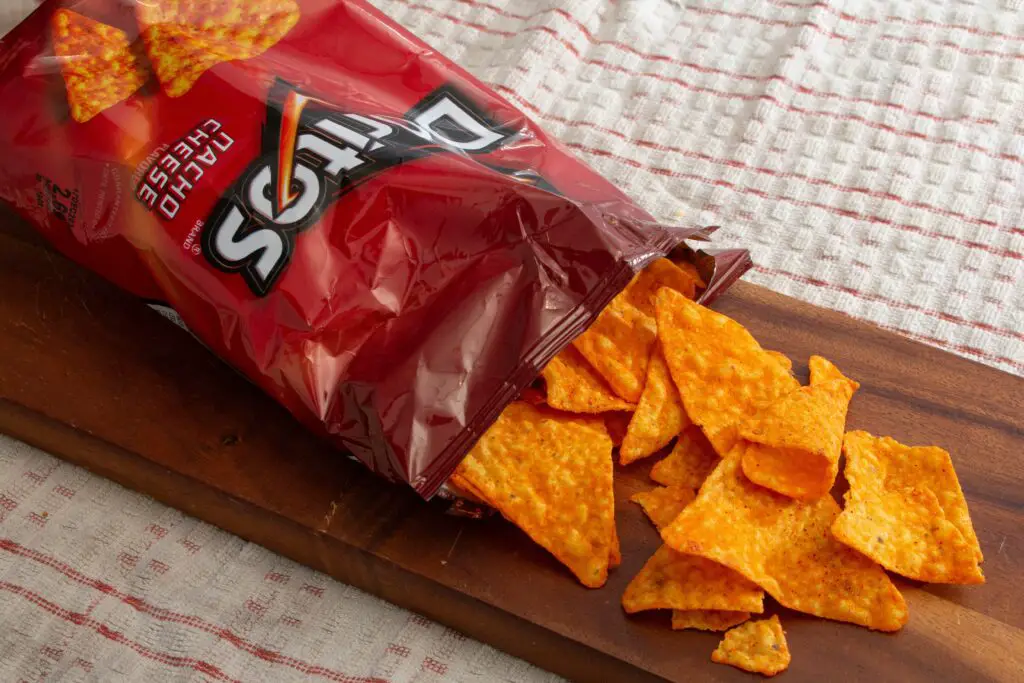
Let’s be honest—crunching into a Dorito while binge-watching cartoons was peak childhood comfort. But those neon-orange chips are banned in countries like Norway due to artificial food dyes and flavor enhancers like monosodium glutamate (MSG).
Doritos often contain Yellow 6, Red 40, and other additives that European health agencies have flagged. While those dyes make the chips visually appealing, they’ve been linked to health concerns, especially in kids. It kind of makes you rethink the orange dust that coated your fingers, right?
8. Pillsbury Biscuits
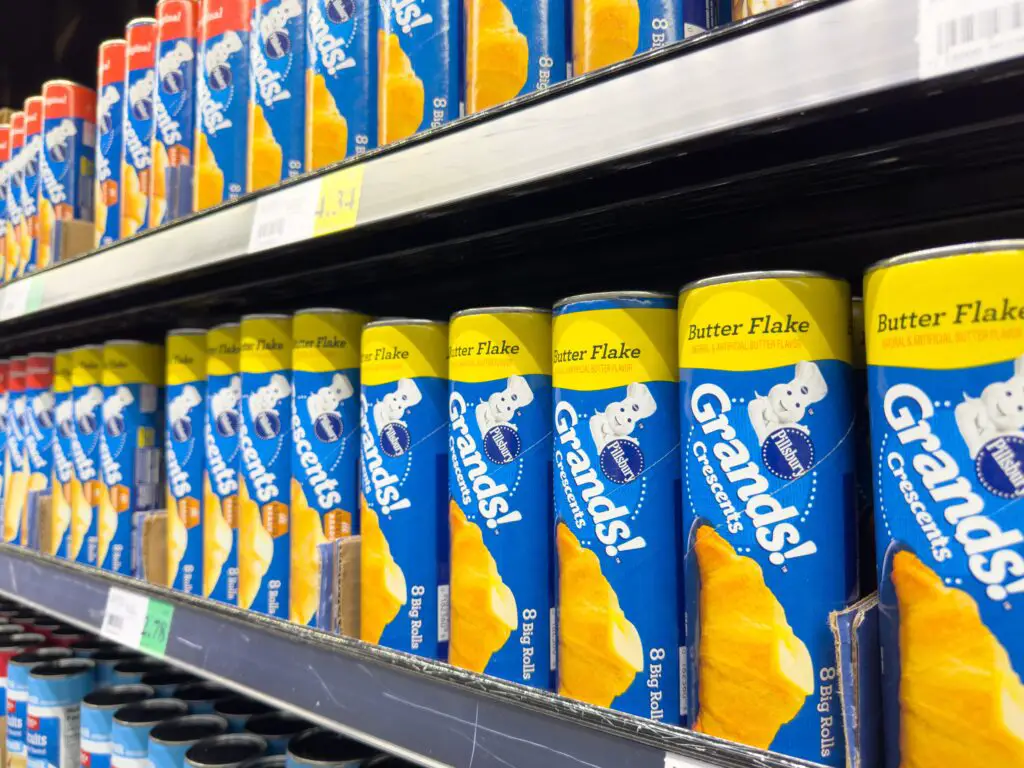
Those pop-open cans of Pillsbury biscuits were a weekend staple in many households, especially when topped with gravy or jam. But the trans fats sometimes used in these ready-to-bake goods are banned in countries like Denmark and Switzerland.
Even though many U.S. versions have reduced or removed trans fats, they’re still not as tightly regulated here as they are elsewhere. Countries with stricter food laws tend to take a hard stance on anything that increases heart disease risk. Meanwhile, we’re still peeling back that paper label and baking them up without a second thought.
9. Gatorade
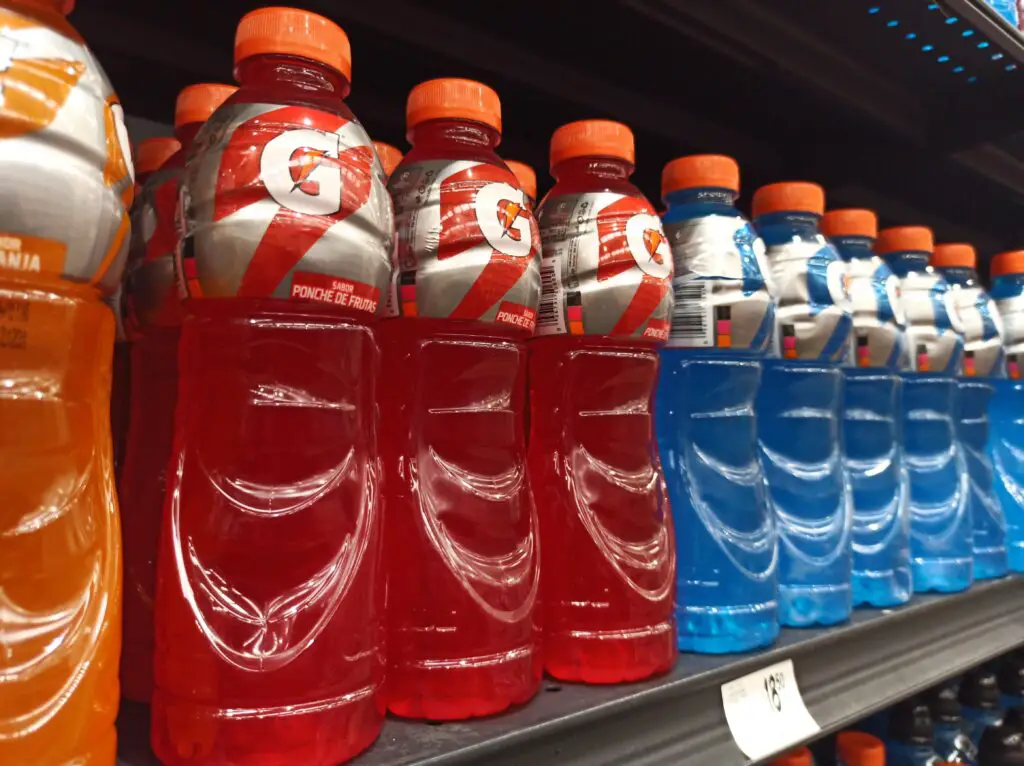
After soccer practice or a long day outside, nothing felt more refreshing than gulping down a bottle of Gatorade. But countries like the U.K. have pushed back on some of the food dyes and additives found in the American version, especially Yellow 5 and Yellow 6.
Gatorade has since reformulated some of its drinks for international markets, but the U.S. versions still often contain these artificial colors. They’re not just for aesthetics—these dyes have been linked to behavioral issues in children. It’s a bit ironic that a drink marketed as healthy and hydrating has ingredients other countries won’t even allow.
10. U.S. Bread
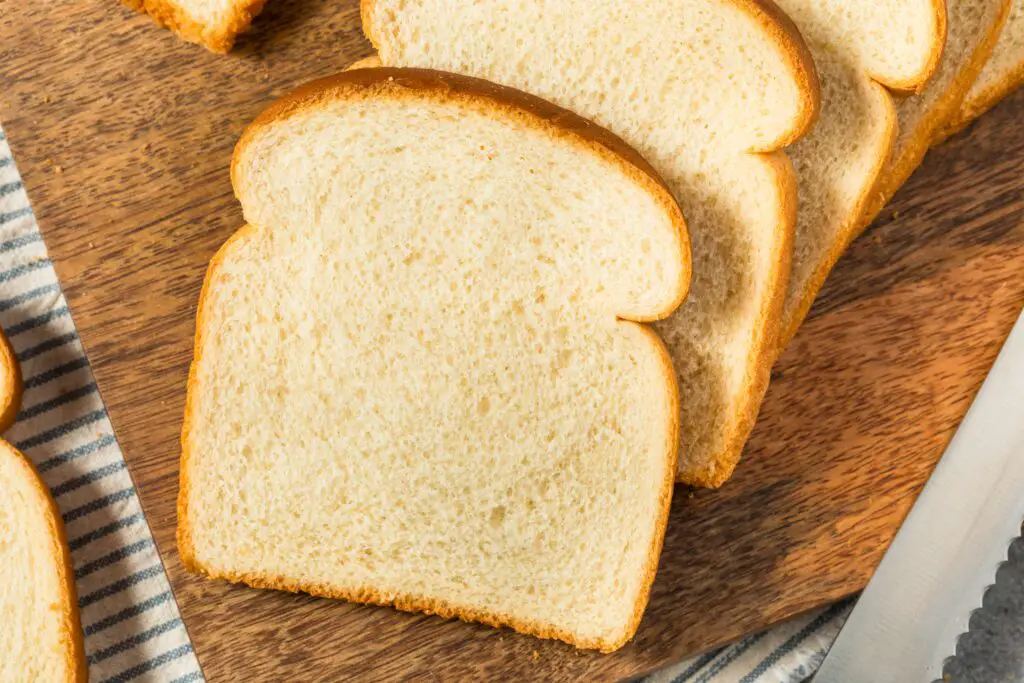
American bread might look like bread, but it often includes additives like potassium bromate and azodicarbonamide, which help with dough conditioning and shelf life. These chemicals are banned in the E.U., Canada, and Brazil due to links to respiratory issues and possible carcinogenic effects.
Even major fast food chains have had to change their recipes abroad to comply with those countries’ laws. But in the U.S., it’s still business as usual in the bakery aisle. Next time you grab a loaf of sandwich bread, check the label—you might be surprised at what’s in it.
11. Maraschino Cherries

Whether they topped your sundae or came inside a Shirley Temple, maraschino cherries were a sweet, syrupy treat we didn’t think twice about. But in some European countries, the Red 40 used to dye them is banned or requires warning labels due to potential health effects.
The process to make maraschino cherries involves bleaching, then re-dying them to achieve that bright red color. It’s kind of unsettling once you know how far removed they are from actual cherries. In countries with stricter food safety rules, they’re considered more science experiment than garnish.
12. Ruffles Cheddar & Sour Cream Chips
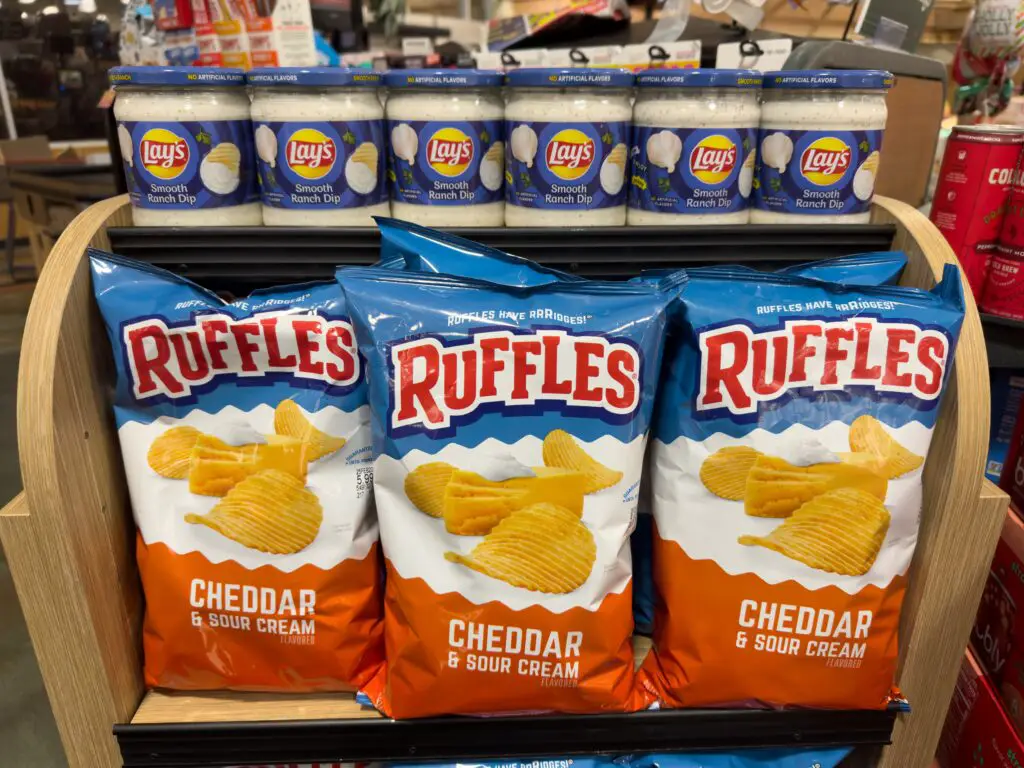
These chips have a flavor that’s hard to resist, especially if you were the kid who always wanted something salty in your lunchbox. But Ruffles Cheddar & Sour Cream contains artificial flavors and colorings that are banned in countries like the U.K. and Germany.
The U.S. still allows things like Yellow 6 and artificial flavor enhancers in many snack foods. That means your favorite chips might not even be legal elsewhere. It’s a little weird to think that a snack so normal here could be so problematic abroad.
13. American Bacon
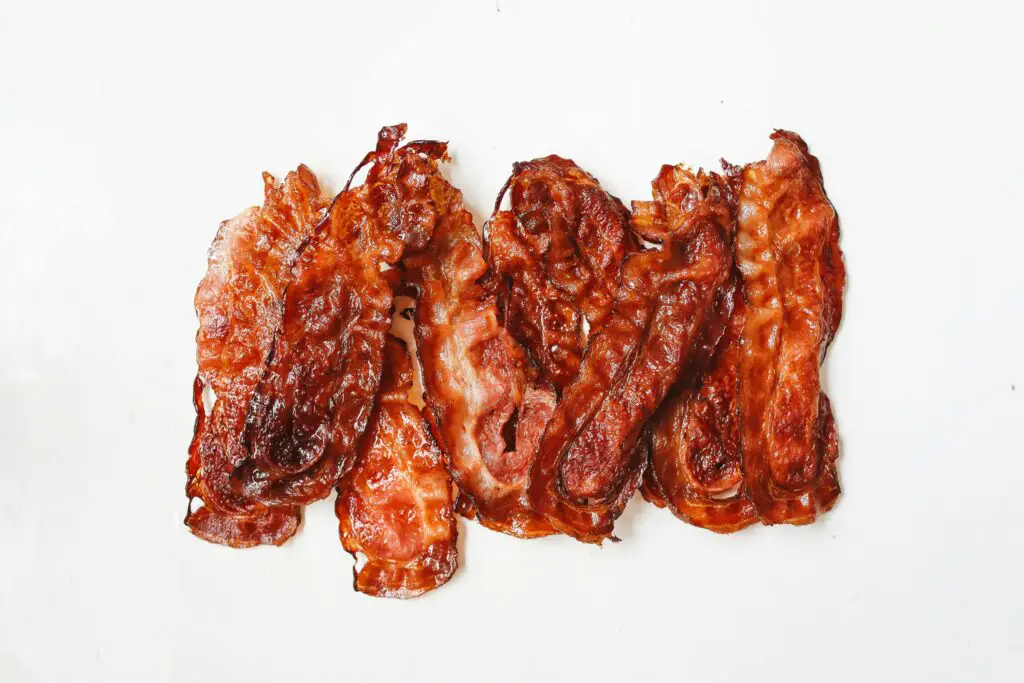
It’s a breakfast icon in the States, but bacon cured with sodium nitrate and nitrite has been banned or limited in countries like Norway due to concerns over potential cancer risks. These preservatives help give bacon its pink color and extend shelf life, but they’re controversial.
Some countries allow limited use with strict labeling, but others avoid them altogether. In the U.S., they’re standard in many processed meats. It’s hard to imagine a diner breakfast without bacon, but it’s not something every country is eager to allow on their tables.
14. Instant Mac and Cheese
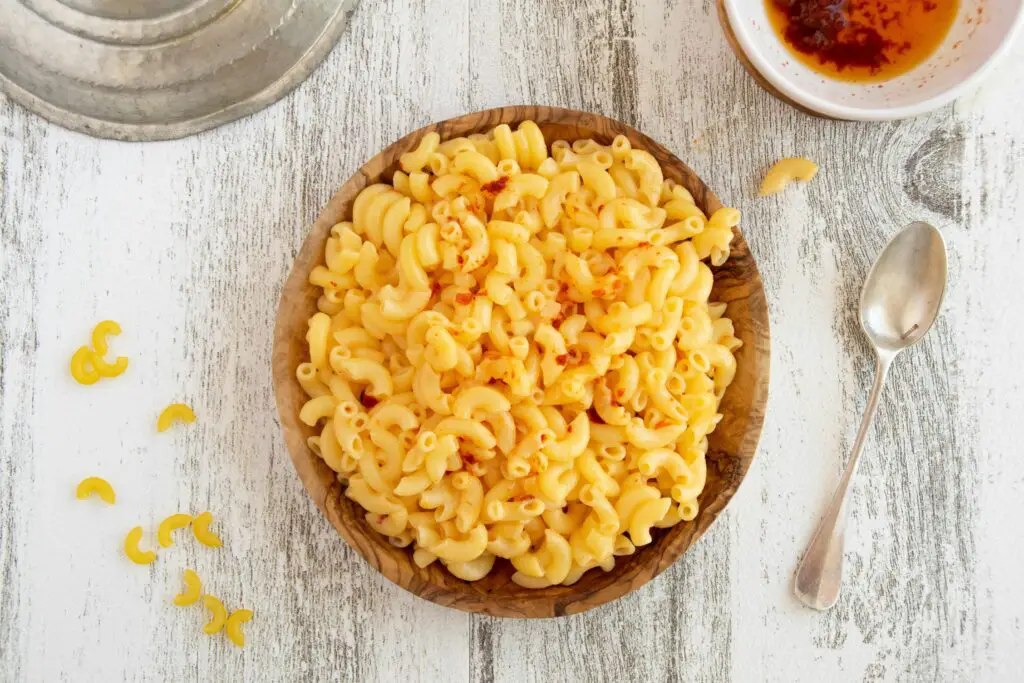
The bright orange mac and cheese we all grew up on—especially the kind in the blue box—is banned or reformulated in countries like the U.K. due to food dyes like Yellow 5 and Yellow 6. These dyes are linked to health concerns and require warning labels in many places outside the U.S.
That classic cheesy glow is part of what makes it so familiar, but it turns out it’s more about chemicals than cheese. Some versions now use natural coloring, but many still rely on synthetic dyes in the U.S. It’s a comfort food for sure, but it comes with a side of controversy depending on where you are in the world.
